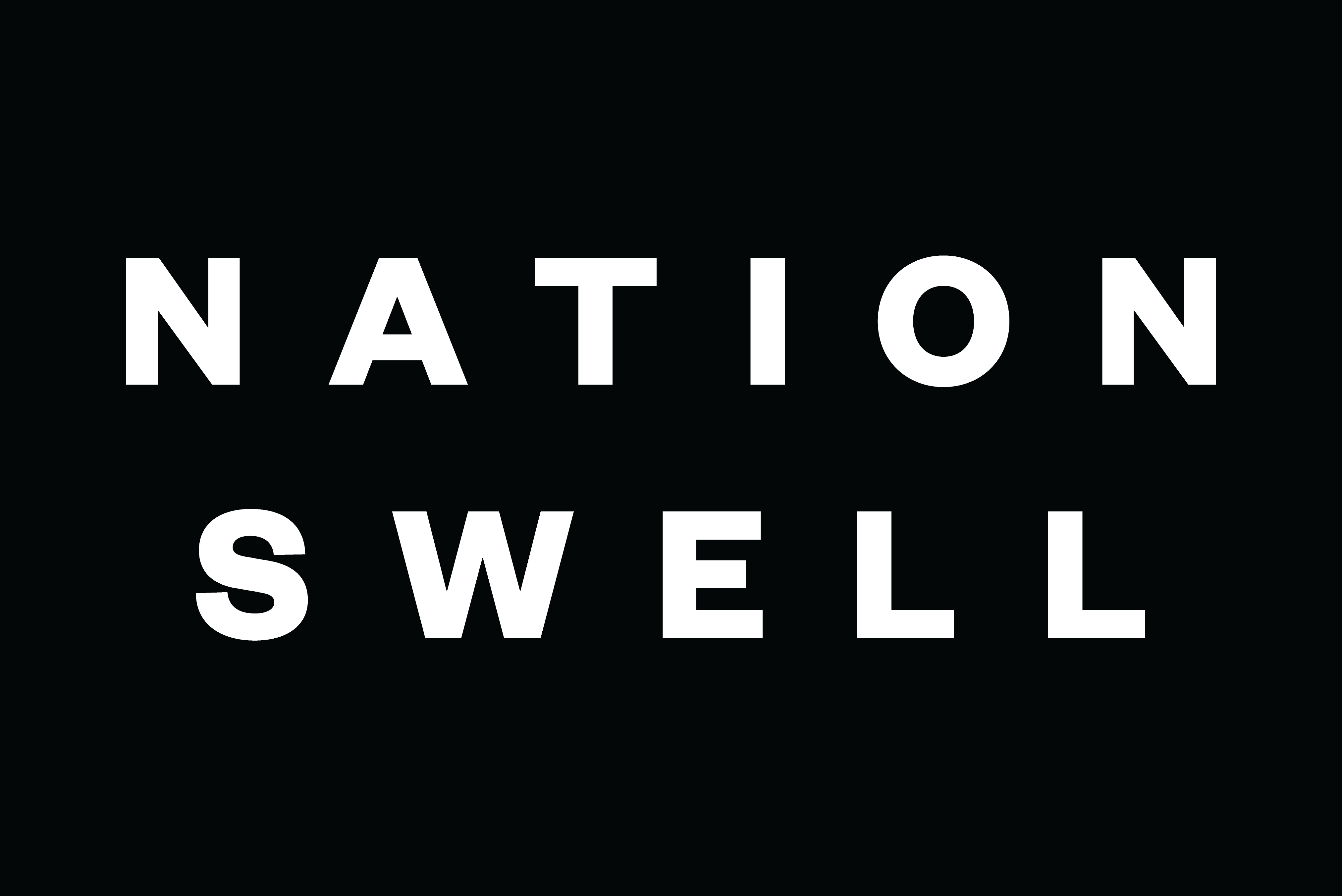Nonprofit organizations today are facing a range of significant challenges related to federal funding cuts, adoption of and adaptation to emerging technologies, workforce strain, and more.
On July 8, NationSwell convened nonprofit leaders and funders for an open, solutions-oriented dialogue on how to strengthen organizational resilience across the sector and explore the most promising strategies for building nonprofit capacity, increasing organizational durability, supporting team members, and ensuring mission-driven organizations are able to thrive in 2025 and beyond.
Some of the most salient takeaways from the discussion appear below:
Key takeaways:
- Resilience in the nonprofit sector must evolve its orientation from survival to impact. Many organizations are operating reactively, focused on enduring budget cuts, staffing strains, and shifting demands. Building resilience should not just mean staying afloat, but developing the internal capacity and adaptive systems needed for long-term mission delivery.
- Nonprofits must embrace their role as businesses with a mission — not just tax-exempt entities. While driven by social outcomes, nonprofits function in dynamic, competitive markets and must adopt mindsets and practices that reflect this. Financial discipline, strategic agility, and resource efficiency are as vital here as in any other sector.
- Capacity-building is not a luxury, it’s the structural foundation of organizational health. Investments in leadership development, systems, infrastructure, and collaborative learning are essential to sustainable impact. Rather than being deprioritized in lean times, capacity building should be viewed as non-negotiable.
- Intermediary organizations must be better equipped to defend and represent the sector. As political headwinds intensify, many nonprofits are finding themselves underprotected at the federal level. There’s a growing need for advocacy networks to modernize their tactics, elevate member voices, and build political literacy across the sector.
- Strategic partnerships and nonprofit mergers are underutilized tools for sustainability and scale. Unlike in the private sector, where mergers signal strength, consolidation among nonprofits is rare and often stigmatized. Encouraging more open exploration of mergers, acquisitions, and shared services could improve outcomes and reduce inefficiencies.
- Continuous learning and intentional unlearning are prerequisites for innovation. To be truly innovative, organizations must embed learning practices into their culture — not just as a response to funder evaluation, but as a tool for reflection, iteration, and growth. This includes letting go of legacy practices that no longer serve mission or community.
- Building comfort with ambiguity is essential to adaptive leadership. Social impact work exists in complex, evolving ecosystems. Strengthening a team or organization’s capacity to navigate the unknown, rather than seek false certainty, can improve decision-making, creativity, and long-term resilience.










